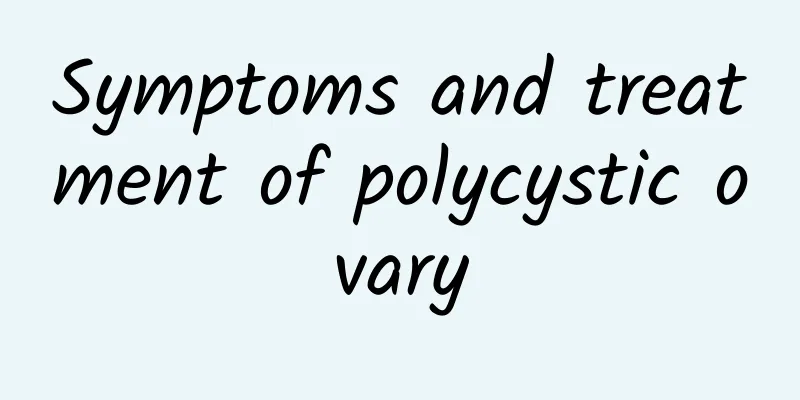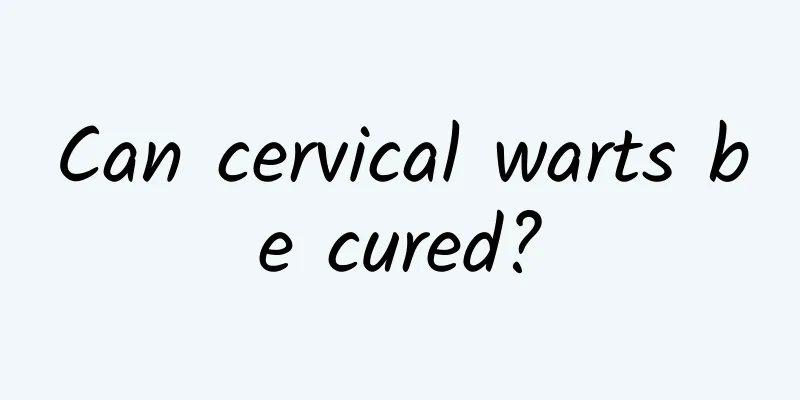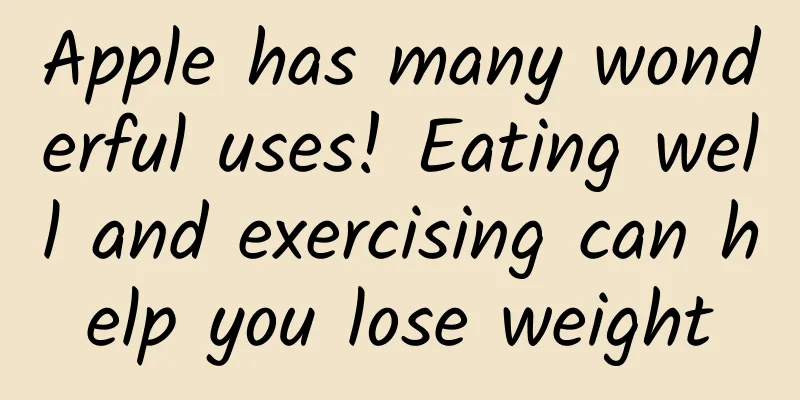Symptoms and treatment of polycystic ovary

|
How to identify polycystic ovary? Patients with polycystic ovary syndrome usually have multiple follicles, but they are immature, resulting in a lack of healthy eggs and thus infertility. It can be said that the harm to the human body is very great. So how can we detect polycystic ovary in time? 1. Obesity: About 25% of patients will suffer from obesity. The relationship between obesity and polycystic ovary syndrome is very complicated. It may be related to reduced insulin sensitivity. Even after androgen drops to normal, obesity still exists. 2. Hirsutism: Polycystic ovary patients have too much androgen in their bodies, which causes hirsutism, so the distribution of hair tends to be masculine, such as beard, chest hair, hair from navel to pubic area, anus and limbs, and thick, dense and black pubic hair. Due to different races, Asian women do not have obvious hirsutism like European and American patients. Sometimes accompanied by acne and hair loss. 3. Chronic anovulation: manifested as menstrual disorders, less frequent menstruation, less menstrual flow, or even amenorrhea. A small number of patients have menstruation only once in a long time, with heavy menstrual flow and long menstrual period. 4. Infertility: Anovulation caused by hormone disorders or ovarian insufficiency in patients with polycystic ovary can cause infertility. It may also be due to poor egg quality or progesterone deficiency, which causes poor endometrial growth and is not conducive to the implantation of the fertilized egg. Polycystic ovary disease is a common ovarian disease in women. The ovaries are organs that produce eggs. Once a disease occurs, it will directly affect pregnancy. Therefore, patients need active treatment. So how should polycystic ovary syndrome be treated? 1. Adjust lifestyle: Provide scientific guidance on diet and exercise, combined with medication and physical therapy to help patients lose weight steadily, reduce neutral fat, lower cholesterol, improve blood lipids, and increase the body's insulin sensitivity, thereby improving hyperinsulinemia and hyperandrogenemia. 2. Drug regulation to reduce androgen levels: Targeted medication selection to achieve the goal of gradually reducing androgen levels and repairing ovarian function. 3. Improve insulin resistance: Most patients with polycystic ovary have insulin resistance. Doctors will choose insulin sensitizers to improve the patient's insulin resistance based on their condition. 4. Ovulation induction: Scientifically monitoring the changes in sex hormones and endometrium through advanced equipment and adjusting medication in real time can effectively reduce ovarian overstimulation caused by ovulation induction, greatly increase the success rate of ovulation induction and the patient's pregnancy rate. 5. Surgical treatment to quickly reduce androgen levels: When simple drug and other treatment methods are ineffective, laparoscopic polycystic ovary perforation surgery is performed. Combined with drug treatment after surgery, it can achieve the goal of quickly reducing androgen levels and restoring spontaneous ovulation and menstrual cycles. 6. Comprehensive adjustment with traditional Chinese medicine: Traditional Chinese medicine comprehensively adjusts the patient's reproductive function and endocrine metabolic disorders. Depending on the situation, acupuncture therapy is used to improve the patient's menstrual cycle, restore the ovarian size to normal, restore ovulation, and increase the pregnancy rate. Polycystic ovary disease is a common female endocrine disease, which can also cause infertility in women of childbearing age. Therefore, female friends should pay great attention to it. When this happens, they should go to the hospital for examination, diagnosis and treatment in time. |
<<: Can ovarian cysts be prevented?
>>: Can I exercise if I have uterine fibroids?
Recommend
Can overeating relieve stress? 8 bad habits before bed that may trap you in a vicious cycle of binge eating
Busy modern people often eat to relieve stress du...
What are the harms of functional uterine bleeding to the body
Dysfunctional uterine bleeding may lead to anemia...
What are the dangers of ovarian cyst rupture?
What are the dangers of ovarian cyst rupture? Is ...
Abnormal leucorrhea is the first symptom of cervical erosion in women
Among many gynecological diseases, cervical erosi...
Does eating too late make you fat? Sugar-restricted diet to lose weight
Q1: I am very busy at work and have to eat dinner...
What is the reason for women's habitual miscarriage? We should actively look for the cause
Women who have habitual miscarriage should active...
What are the main things to pay attention to after abortion?
There are three main things to pay attention to a...
Experts briefly analyze the factors that lead to ectopic pregnancy
There are many clinical factors for ectopic pregn...
Selection of dietary recipes for post-abortion
Although with the increase in abortion rates and ...
Get rid of the perennial belly! Thin belly depends on these 3 tricks
The most troublesome part when losing weight is n...
Let me tell you about the cause of vulvar leukoplakia
Vulvar leukoplakia is a common gynecological dise...
How to treat cervical hypertrophy?
Cervical hypertrophy can generally be treated wit...
How to prevent cervical erosion from developing into severe forms Methods to prevent cervical erosion from developing into moderate to severe forms
Cervical erosion is a disease that has different ...
Is uterine cyst serious? Is there any danger? Will it get worse?
Uterine cysts are benign in most cases, but if th...
The harm of uterine cysts
The harm of uterine cysts mainly depends on the t...









